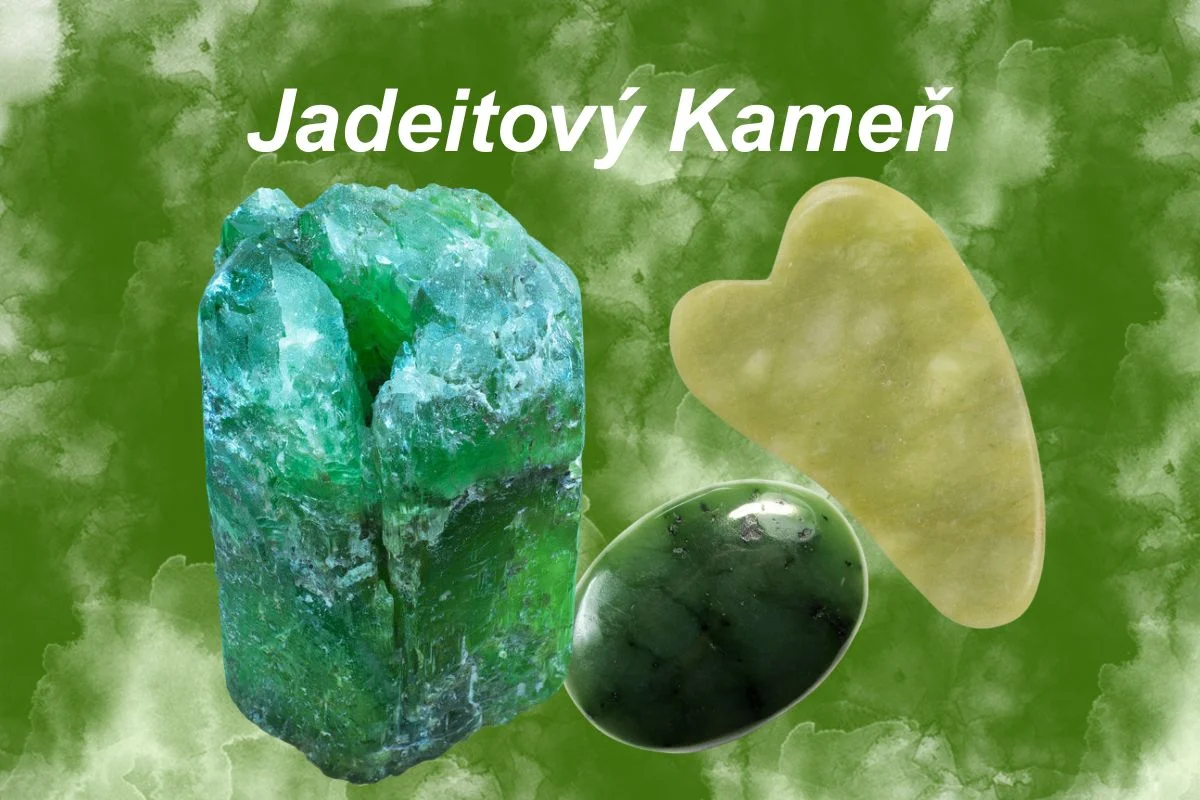Now Reading: i̇ns and the Future of Digital Interaction: Exploring New Trends in Online Engagement
-
01
i̇ns and the Future of Digital Interaction: Exploring New Trends in Online Engagement
i̇ns and the Future of Digital Interaction: Exploring New Trends in Online Engagement

Table of Contents
- What Exactly is i̇ns?
- Origins of i̇ns in Online Culture
- i̇ns as a Social Media Identity
- Could i̇ns Be an Acronym?
- Psychological Significance of i̇ns
- The Role of i̇ns in Branding and Marketing
- Cultural Impact of i̇ns
- Why i̇ns Appeals to Gen Z and Millennials
- i̇ns as Digital Humanity
- The Future of i̇ns
- Final Thoughts
Introduction
In today’s rapidly evolving digital world, online interaction has become more dynamic and personal than ever. Amid this transformation, one concept has emerged as a new focal point of internet culture — i̇ns.
This fascinating idea blends identity, culture, and technology, reshaping how we communicate and connect online. From social media personas to brand storytelling, i̇ns captures the essence of our digital selves.
Join us as we explore what i̇ns truly means, how it influences modern communication, and why it’s shaping the future of digital engagement.
What Exactly is i̇ns?
At its core, i̇ns represents a digital identity—a living expression of who we are online. It goes beyond usernames or avatars, encompassing everything from your posting style and aesthetic to how you interact and engage with others.
Your i̇ns is constantly evolving, shaped by social trends, algorithms, and personal experiences. Each photo shared, comment made, or video posted becomes a fragment of that identity, reflecting values, humor, and personality.
Understanding your i̇ns helps decode how we connect, express, and influence in today’s fast-paced online environment.
Origins of i̇ns in Online Culture
The concept of i̇ns first emerged during the early days of social media as users began crafting personal digital worlds. It symbolized a transition from passive internet use to active self-curation and identity expression.
As platforms like Instagram, Twitter (X), and TikTok evolved, so did i̇ns — blending storytelling, aesthetics, and emotion. Users began merging real-life experiences with digital creativity, creating communities built around shared interests and authenticity.
This evolution transformed i̇ns into a defining element of modern online culture, representing how we blend individuality with collective digital identity.
i̇ns as a Social Media Identity
In the realm of social media, i̇ns functions as a personal brand—a reflection of who you are and how you want to be seen. It captures your humor, creativity, passions, and even your values.
Creators, influencers, and everyday users shape their i̇ns through curated content and consistent tone. Whether it’s a minimalist aesthetic on Instagram or a witty presence on X, each i̇ns fosters connection through relatability and authenticity.
The beauty of i̇ns lies in its flexibility—it can be playful, professional, artistic, or raw—allowing every individual to express their truest digital self.
Could i̇ns Be an Acronym?
The simplicity of the term “i̇ns” invites curiosity—some even wonder if it’s an acronym. While its origins are more cultural than literal, a few interpretations capture its spirit:
- Interactive Network Society – representing global digital connectivity.
- Identity Navigation System – describing how people manage and evolve their online personas.
These possibilities highlight how i̇ns adapts to changing digital contexts. Like internet culture itself, its meaning shifts with every trend and platform, evolving alongside how we communicate online.
Psychological Significance of i̇ns
Beyond aesthetics, i̇ns holds deep psychological importance. It allows users to explore self-expression, creativity, and emotional identity within digital environments.
For many, i̇ns becomes a safe space for self-discovery—a place to share experiences, connect with like-minded people, and find validation. This has been especially empowering for communities seeking representation or belonging.
Engaging with your i̇ns promotes emotional balance by blending authentic self-presentation with social connection, making digital life more meaningful and human.
The Role of i̇ns in Branding and Marketing
In the marketing world, i̇ns has become a key to authentic engagement. Brands now craft their own “digital identities” that mirror human behavior and emotion, using i̇ns-inspired strategies to connect with audiences.
Successful branding today depends on relatability. Through i̇ns, companies can:
- Build trust through transparent storytelling
- Align with cultural trends and values
- Humanize their image with real voices and emotions
This personalized approach bridges the gap between corporations and consumers, turning engagement into genuine connection and brand loyalty.
Cultural Impact of i̇ns
The rise of i̇ns culture has reshaped how we create, communicate, and belong online. It’s given birth to new digital languages, art forms, and social movements, influencing music, fashion, and entertainment.
Through memes, trends, and viral content, i̇ns acts as both mirror and amplifier of modern life. It reflects societal shifts, encourages expression, and unites people across borders—making digital identity one of today’s most powerful cultural forces.
Why i̇ns Appeals to Gen Z and Millennials
For Gen Z and Millennials, i̇ns is more than just a trend—it’s a way of life. These generations grew up online, valuing authenticity, creativity, and community.
i̇ns offers them a platform to:
- Express individuality through personalized content
- Build communities around shared passions
- Challenge outdated norms and promote social causes
Unlike traditional media, i̇ns fosters two-way engagement—where connection feels organic, not transactional. This human touch makes it a cornerstone of modern digital identity.
i̇ns as Digital Humanity
At its core, i̇ns represents digital humanity—a blend of emotion, identity, and technology. It’s how we bring real feelings into virtual spaces.
As our world becomes more screen-based, i̇ns serves as the bridge between authentic emotion and digital communication. Every post or comment becomes a reflection of human experience, proving that technology can amplify empathy when used consciously.
Through i̇ns, we’re not just building profiles—we’re building connections that celebrate who we are, both online and off.
The Future of i̇ns
The future of i̇ns promises exciting innovation. With AI, augmented reality (AR), and virtual spaces on the rise, digital identity will become more interactive and immersive.
Imagine personalized avatars, virtual worlds shaped by your digital traits, or AI-driven social experiences that adapt to your mood and preferences. These technologies will expand how i̇ns are formed and shared—merging the boundaries between real and virtual identities.
For brands and creators alike, this evolution will open new opportunities for personalized engagement and authentic storytelling in an ever-connected world.
Final Thoughts
The rise of i̇ns marks a defining moment in the evolution of digital interaction. It’s transforming how we communicate, build communities, and express identity online.
For individuals, i̇ns offers self-expression and belonging. For brands, it’s a new language of authenticity and trust. And for society, it symbolizes a digital future where technology and humanity coexist seamlessly.
As we move deeper into this connected age, i̇ns will continue shaping how we relate, create, and connect—ushering in a new era of meaningful online engagement.









